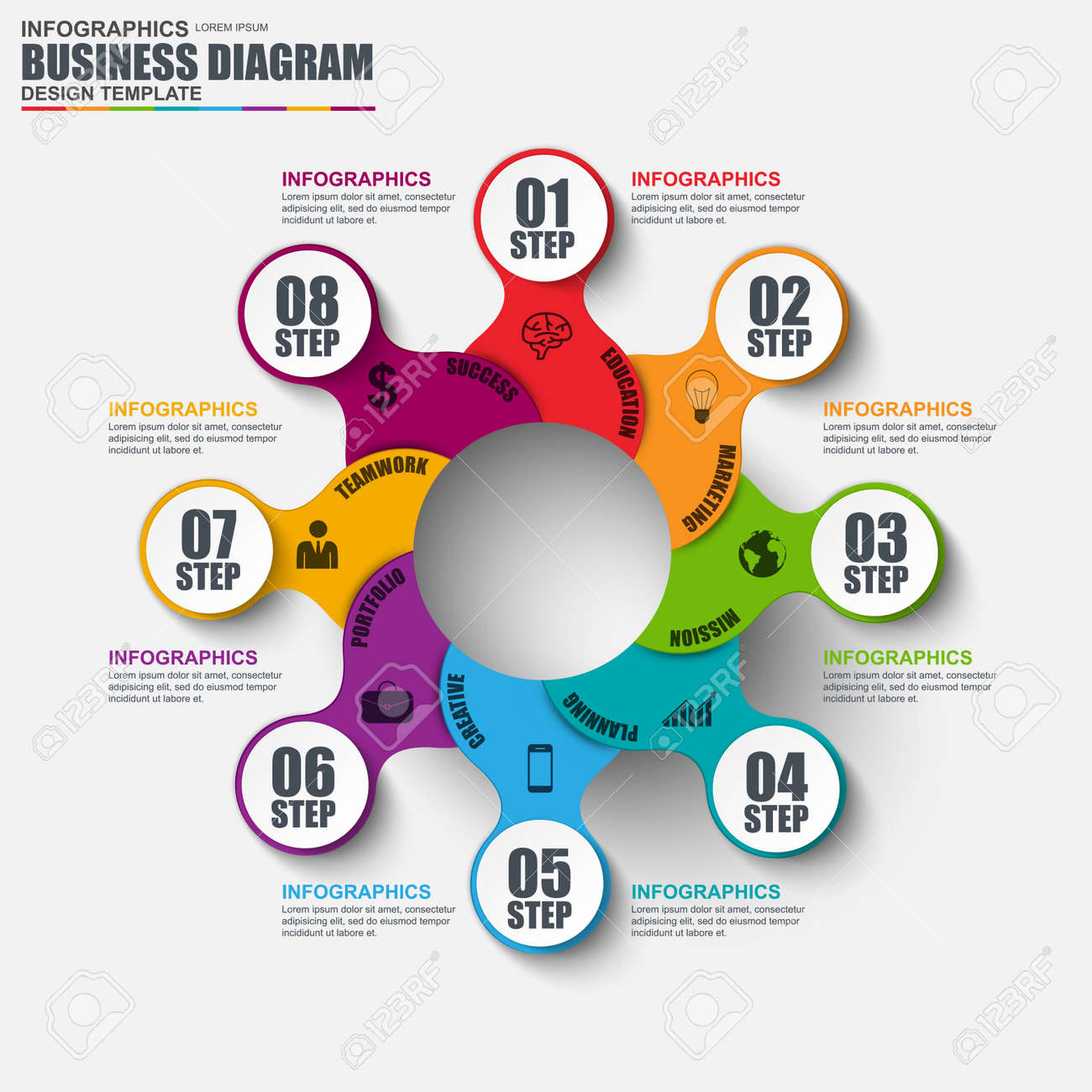Internet Site Style Essentials: Tips For Building A User-Friendly Site
Internet Site Style Essentials: Tips For Building A User-Friendly Site
Blog Article
Article Writer-Hall Thorpe
When it comes to internet site layout, making sure user-friendliness is crucial. From receptive design to streamlined navigating, every element plays a critical role in creating a site that satisfies your target market's needs. Yet what about the finer details that can make or break an individual's browsing experience? Stay tuned as website search design discover some often-overlooked suggestions that can boost your site's functionality to the next level, making it genuinely attract attention in the digital landscape.
Relevance of Responsive Style
Responsive design is an essential aspect of contemporary internet site advancement. Ensuring your website is receptive means that it can adjust to various screen dimensions and gadgets, giving a seamless experience for customers.
With the raising use of mobile phones and tablet computers to access the net, having a receptive layout is necessary for getting to a broader target market. web designer aids in boosting individual experience by making your internet site simple to navigate and continue reading any tool.
Additionally, responsive design can positively influence your search engine rankings, as online search engine like Google prioritize mobile-friendly sites. By having a receptive layout, you're also future-proofing your site, as brand-new devices with differing display sizes continue to arise.
Simplify Navigating Framework
To improve individual experience and promote very easy accessibility to info on your website, simplifying the navigation structure is critical. When creating your site, focus on developing a clear and intuitive navigating food selection that assists site visitors discover what they're trying to find promptly.
Limitation the number of food selection things to the fundamentals, organizing relevant web pages together to stay clear of frustrating individuals. Usage descriptive labels that clearly show the content of each page, making it less complicated for individuals to understand where each link will certainly take them.
Consider implementing dropdown food selections for subcategories to prevent cluttering the primary navigating bar. In addition, consist of a search bar prominently on the page for individuals who like looking for specific details.
Prioritize mobile responsiveness in your navigating layout to ensure very easy accessibility on all devices.
Optimize Web Page Tons Speed
Improving page load rate is important for retaining site visitors on your web site. Slow-loading pages irritate customers and can cause high bounce rates. To enhance web page load speed, begin by optimizing pictures. Press pictures without jeopardizing quality to reduce their file dimensions.
In addition, make it possible for web browser caching to save regularly accessed resources in your area, accelerating lots times for returning visitors. Minify CSS, JavaScript, and HTML data by eliminating unnecessary characters, remarks, and format, boosting tons speed.
Consider utilizing a web content delivery network (CDN) to distribute your website's content across several web servers worldwide, reducing latency for customers accessing your site from different locations. Finally, restrict using third-party manuscripts and plugins, as they can significantly influence tons times.
Conclusion
To conclude, by integrating receptive layout, simplifying navigating, and optimizing web page lots speed, you can create an easy to use web site that appeals to a bigger target market and enhances user experience. These essential elements make certain that site visitors can conveniently accessibility and browse your site across various devices, resulting in enhanced involvement and complete satisfaction. By concentrating on website accessibility compliance , you can construct a successful site that keeps individuals returning for even more.
